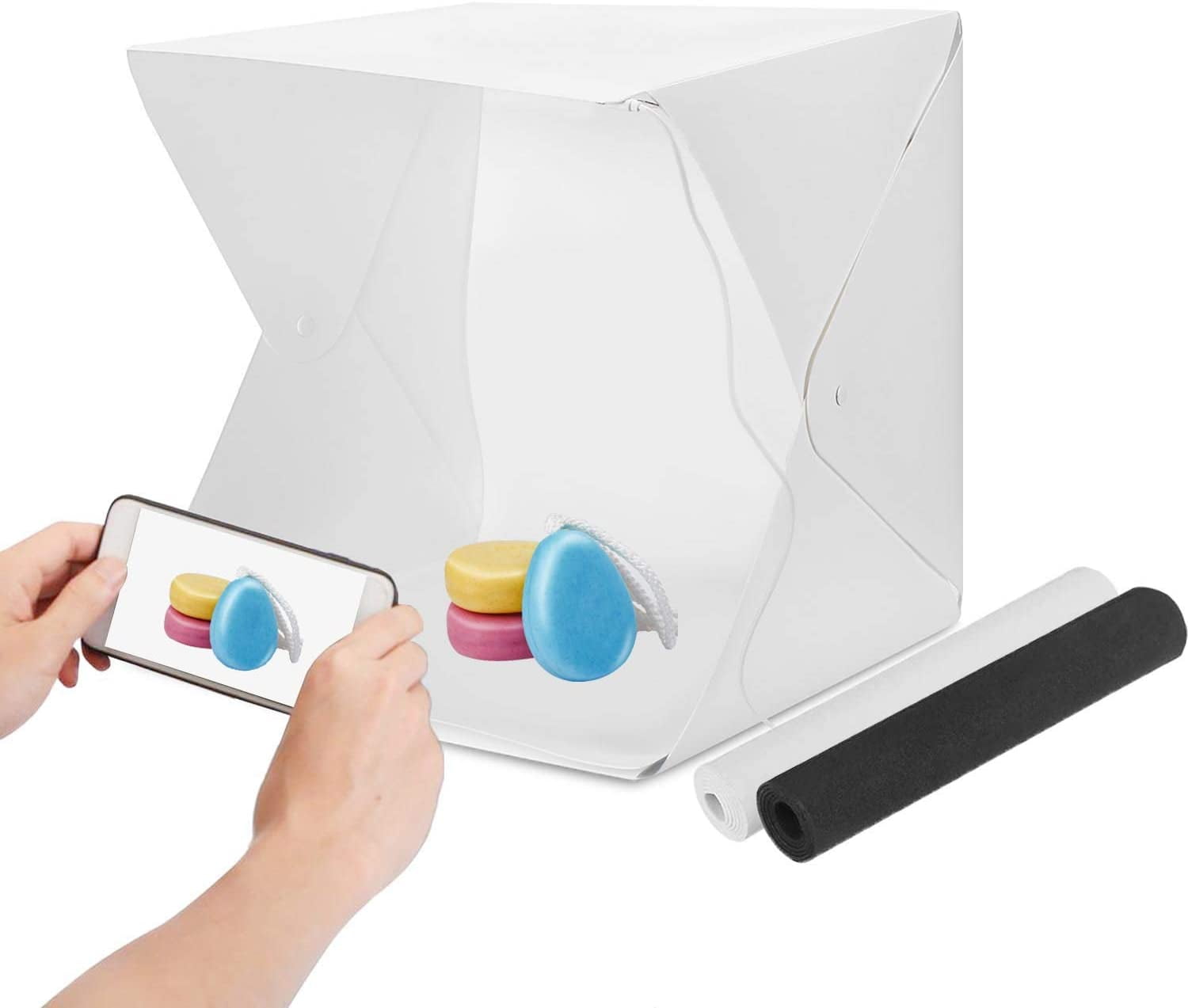
and feedback is always welcome in games.īeware: Games must provide enough clues. Punishing or rewarding players is feedback. Watching what happens after each action (e.g., pushing a lever, going where the narration tells you not to go) is often very satisfying. If a platformer doesn’t warn players about what will happen when falling from a high cliff, even death might be an acceptable outcome (at least the first time) because players explored “action-reaction” by themselves. For example, in Super Mario Bros., going down the pipe by crouching could be only discovered through experimentation, and the game rewards players who do this early on. For example, some input control functions don’t need to be explained and could be much more interesting without instructions. However, procedural generation can be hard to balance-and the rule sets are more experimental.Įxperimentation occurs when the player tests unexplained mechanics through self-reasoning. The result is a fresh, new challenge every time a player starts a new game.


Spelunky uses procedurally generated levels to stimulate exploration. Cave Story, Aquaria, and Shadow Complex are other good examples that use exploration as a major gameplay mechanic.Įxploration can also be implemented by procedurally generating levels. The game supports exploration by slowly unlocking each weapon as “keys” for “locked” areas. Insanely Twisted Shadow Planet mixes exploration with action and puzzle elements in a very effective way. On large-scale levels, proper storytelling becomes more challenging-so cut-scenes often take place right after opening the locked areas. Most of the games that use locks and keys rely on re-spawning minor action elements (e.g., enemies) to make the return trip more challenging. Players must first recognize the locked areas left behind and return back to them after finding the proper access keys. Exploration leads to unlocking, then opening the locked areas. Exploration could be achieved by many factors, but here are the ones I could find.Īs Metroid did in 1986, most classic approaches to exploration consist of locks and keys. Since linearity is a major problem of platformer games, finding the route through reasoning, memorization, and instincts breaks the linearity of the genre. However, this is a detailed categorization aimed at helping other game designers to better understand the past, present, and future of platformers.Įxploration is the experience of searching the unknown. This categorization and their names are symbolic, empirical, and open to many controversies. I will provide examples from a number of platformers to categorize gameplay mechanics and their respective sub-elements. Beyond platformer games, other genres - including first-person shooters and action/adventure games like Portal, Journey, Papo & Yo, Tomb Raider, and Mirror’s Edge - have platformer elements. All platformer games often contain all of three of these mechanics, but other games tend to focus on one more than the other two. With the aid of some theoretical reading on platformer topics from The Big List of Game Design, I categorized three main mechanics above all platformer games: Exploration, Action, and Puzzle.

My first target was a long-term game research study of 300+ platformer games that varied from past releases to new games. So before going into depth with puzzle-platformers, I examined the whole platformer genre with its sub-mechanics.

Since most of the platformers include some puzzle elements, it is very hard to define which platformers are puzzle-platformer games. The main part of my research was to define puzzle-platformer elements. This gap gave me the perfect opportunity to investigate core design choices of other puzzle-platformers. However, I couldn’t find materials that focused solely on puzzle-platformers. As the creative director and designer, it was my job to search for articles that could help us understand the core gameplay mechanics in pre-production. Monochroma, a cinematic puzzle-platformer game, is the first big project out of Nowhere Studios and has been in development for 18 months.


 0 kommentar(er)
0 kommentar(er)
